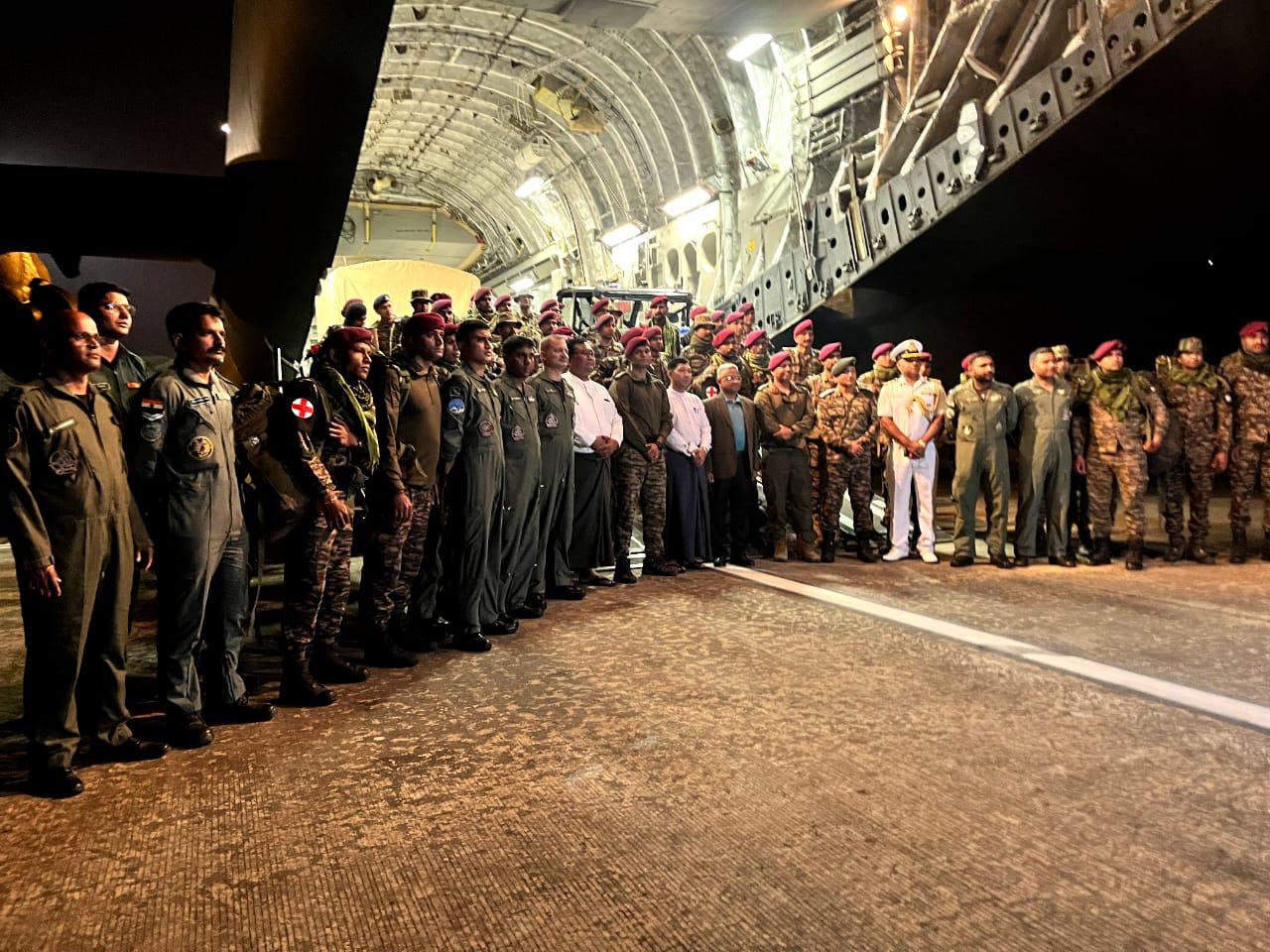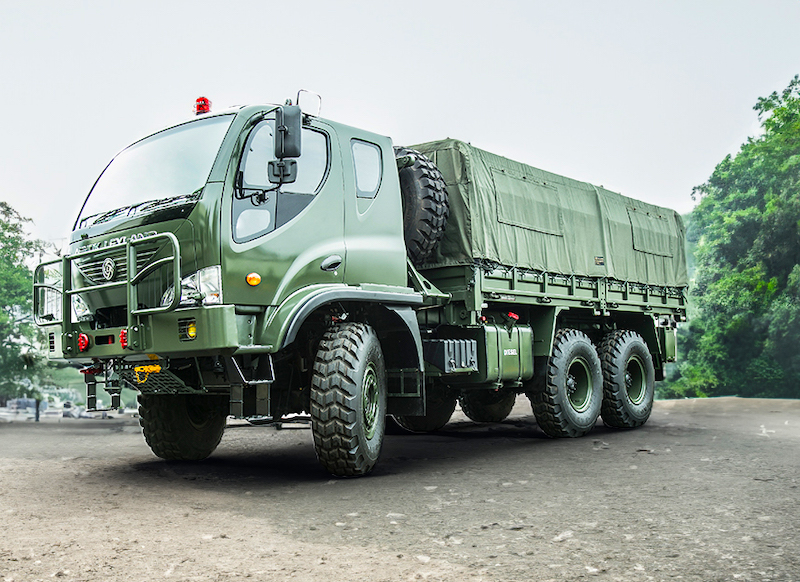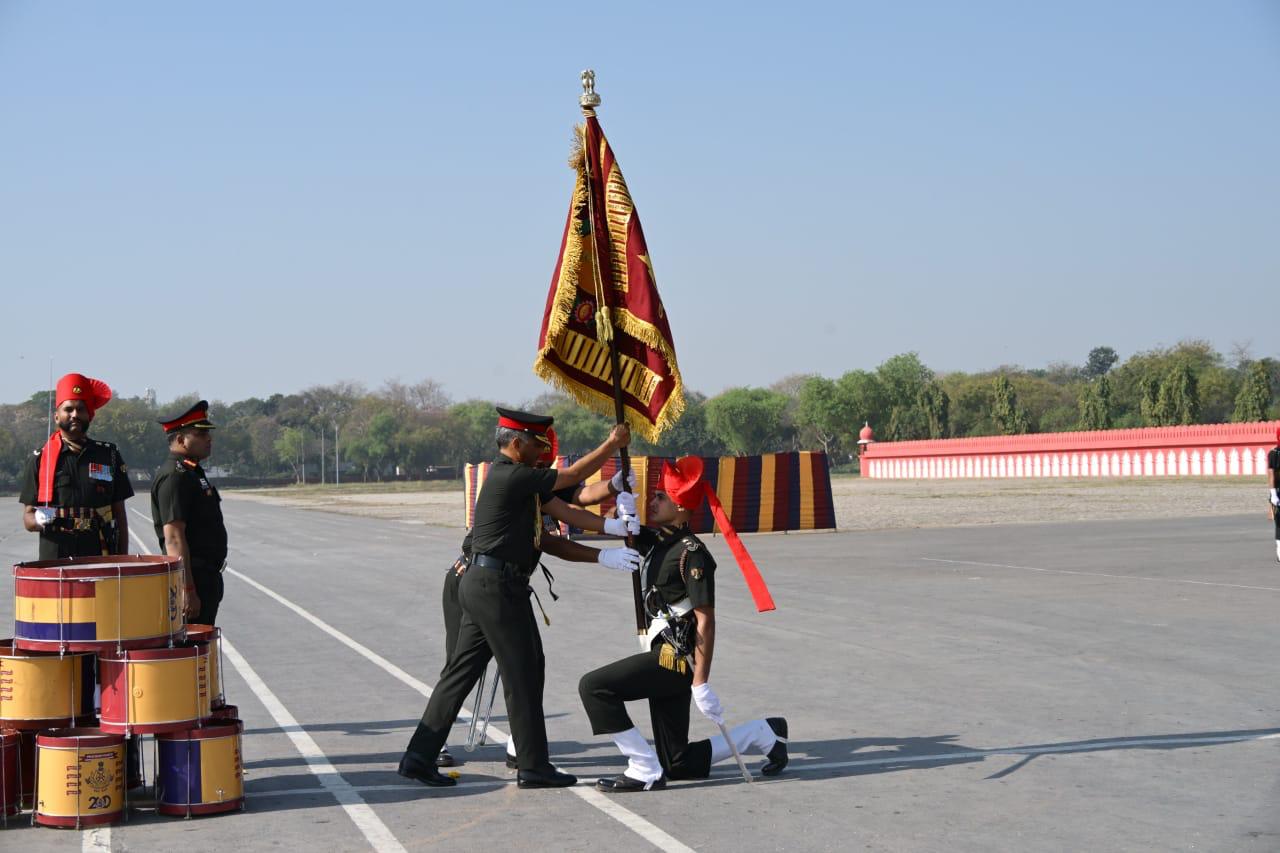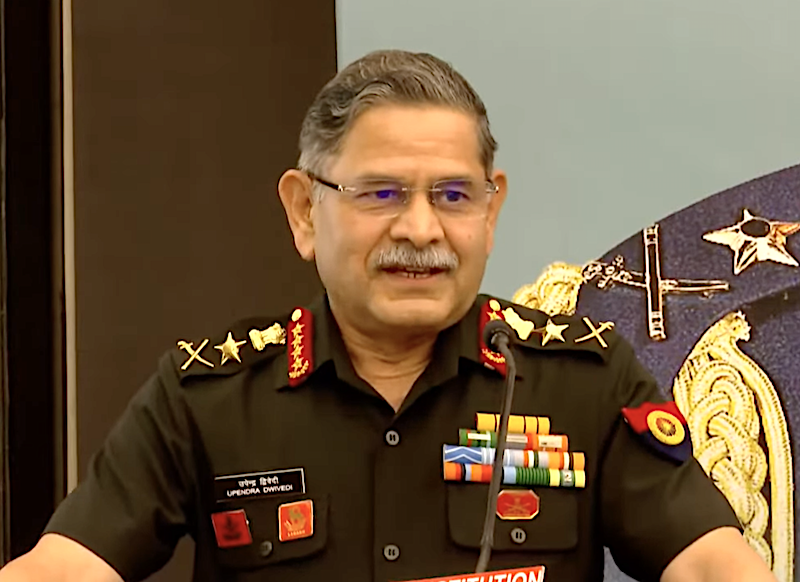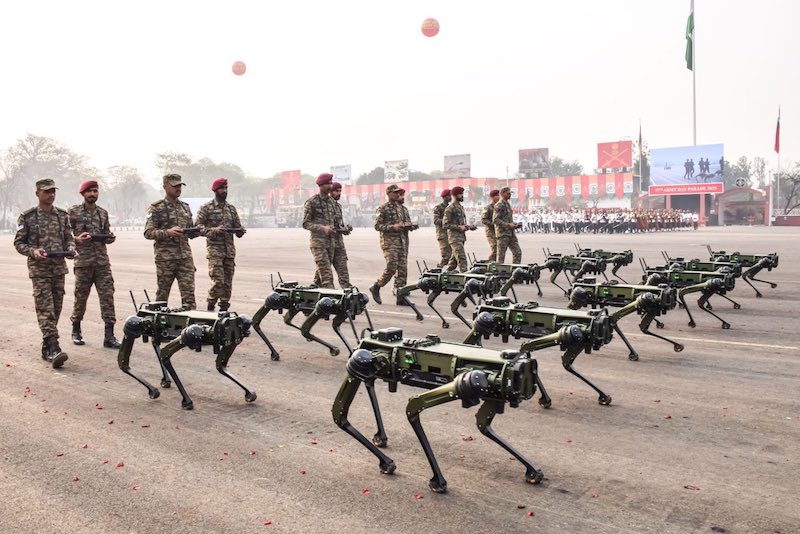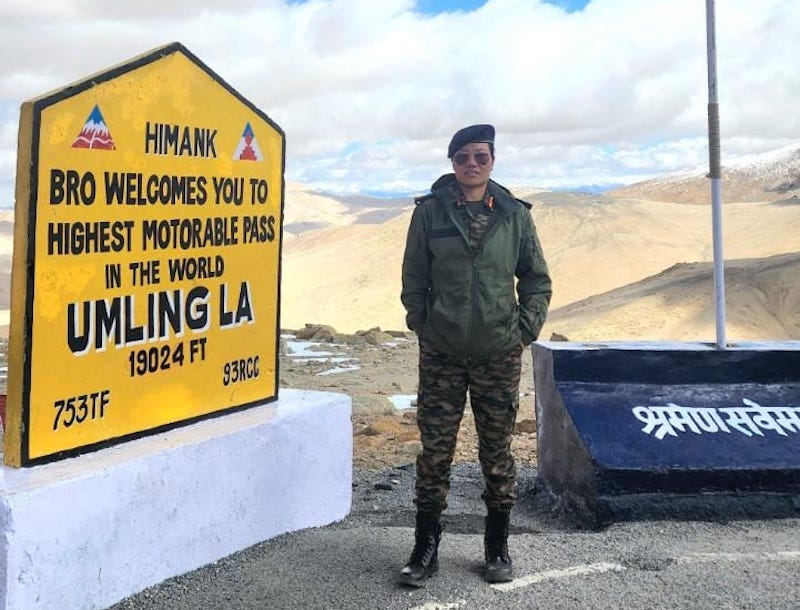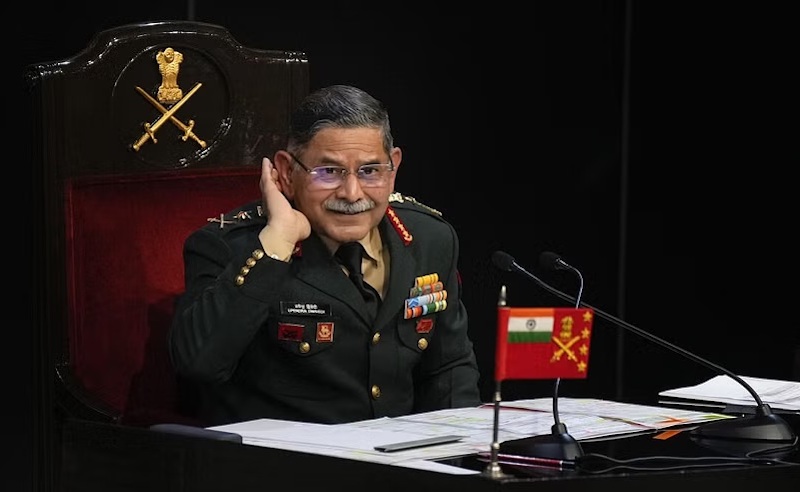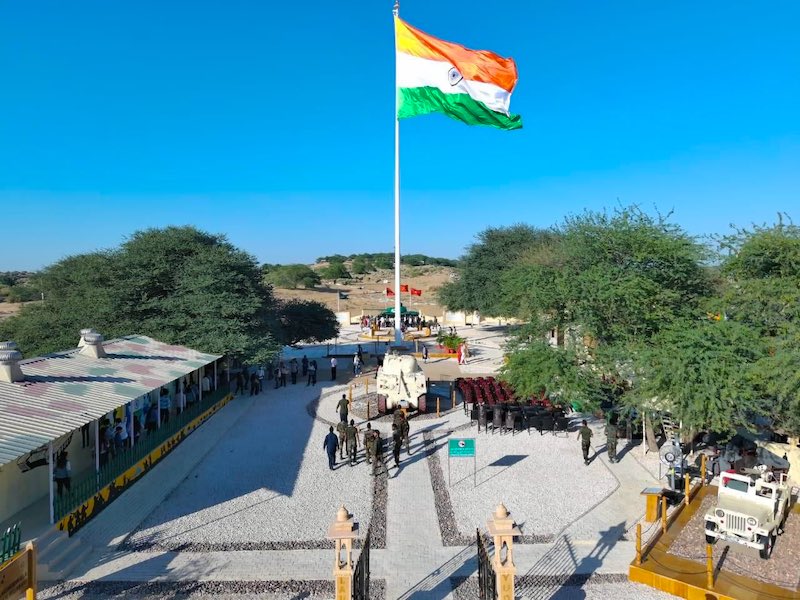 Photo for representation.
Photo for representation.
New Delhi: The Indian Army has taken a significant step towards modernizing its communication infrastructure with the establishment of the Signals Technology Evaluation and Adaptation Group (STEAG). This specialized unit, headquartered in the national capital, marks a commitment to staying ahead of the curve in the rapidly evolving technological landscape of warfare.
What is STEAG?
STEAG is the first of its kind – a specialized technology unit dedicated to exploring futuristic communication technologies for defence applications. The STEAG will operate under the Army’s Signals Directorate and will be led by a colonel from the Corps of Signals. The unit will have a strength of around 280 personnel.
Its primary objective is to bolster the Army’s communication capabilities through rigorous evaluation and adaptation of futuristic technologies.
This elite group will undertake research and evaluation of cutting-edge technologies, including artificial intelligence (AI), 5G and 6G networks, machine learning, and quantum technologies. By doing so, it will aim to enhance intelligence, operations, and overall communication efficiency.
The battlefield of tomorrow is increasingly reliant on secure and robust communication systems. Traditional methods are constantly challenged by new threats and adversaries. The STEAG aims to bridge this gap by ensuring the Army has access to the most advanced communication tools available.
Historically, some countries have held a monopoly on cutting-edge technology. With the STEAG, India has taken its first but a bold step towards self-reliance in defence.
This initiative goes beyond just acquiring new technology. The STEAG will also seek collaboration between the armed forces, academia, and the indigenous defence industry.
The establishment of the STEAG aligns with the Army’s broader modernization efforts. Modern warfare demands a high degree of information sharing and real-time coordination across the battlefield. Secure and reliable communication is paramount to effective command and control, particularly in the face of evolving threats and complex operational environments.
While details surrounding the specific projects the STEAG will undertake remain undisclosed for security reasons, analysts believe the unit will play a crucial role in areas like:
Enhanced Situational Awareness: AI-powered systems can analyse vast amounts of data from various sources, providing commanders with a more comprehensive picture of the battlefield.
Cybersecurity Fortification: As reliance on digital communication increases, so too does the vulnerability to cyberattacks. STEAG is likely to explore advanced methods for securing communication networks and protecting sensitive data.
Next-Generation Communication Infrastructure: 6G networks promise significantly faster data transfer speeds and lower latency, enabling real-time battlefield communication and the deployment of new technologies like autonomous weapon systems.
The launch of the STEAG also marks a pivotal development in the Army’s “Year of Technology Absorption”, as the Army chief, General Manoj Pande, had declared in his pre-Army Day speech in January. By embracing cutting-edge communication solutions, the STEAG aims to equip soldiers with the tools they need to operate effectively in the dynamic and ever-changing future battlefield.
© India Sentinels 2024-25


